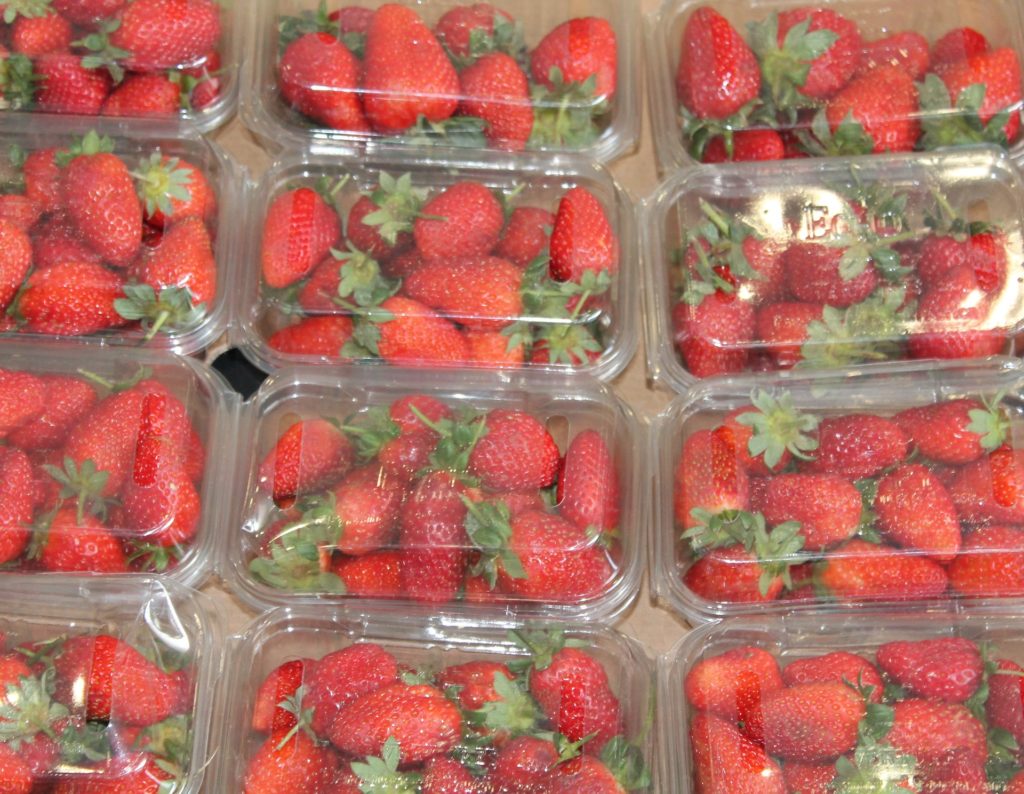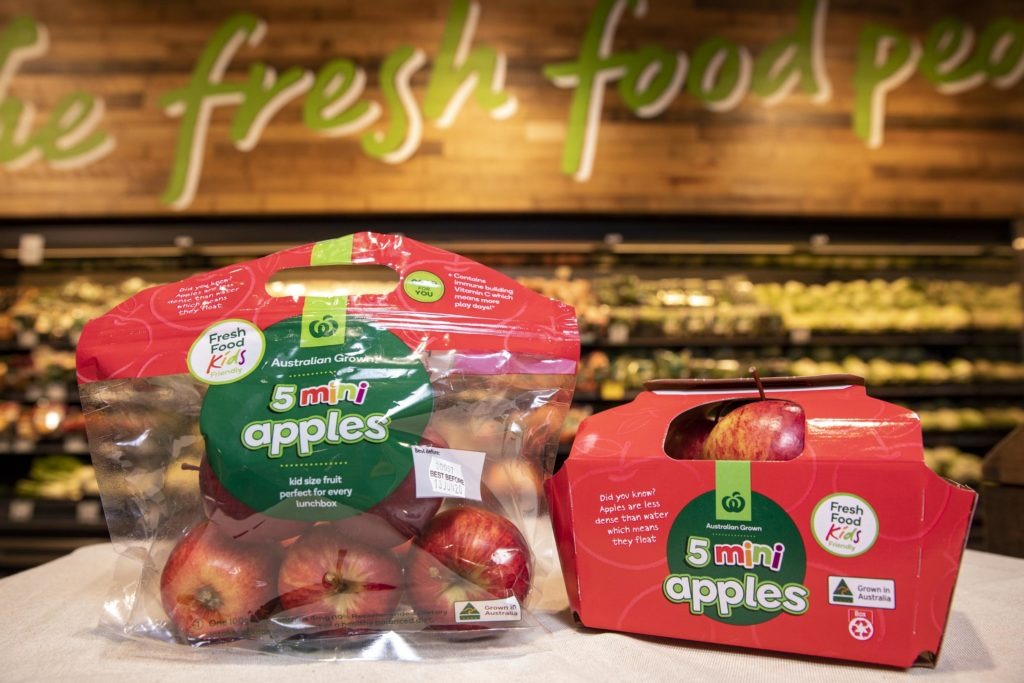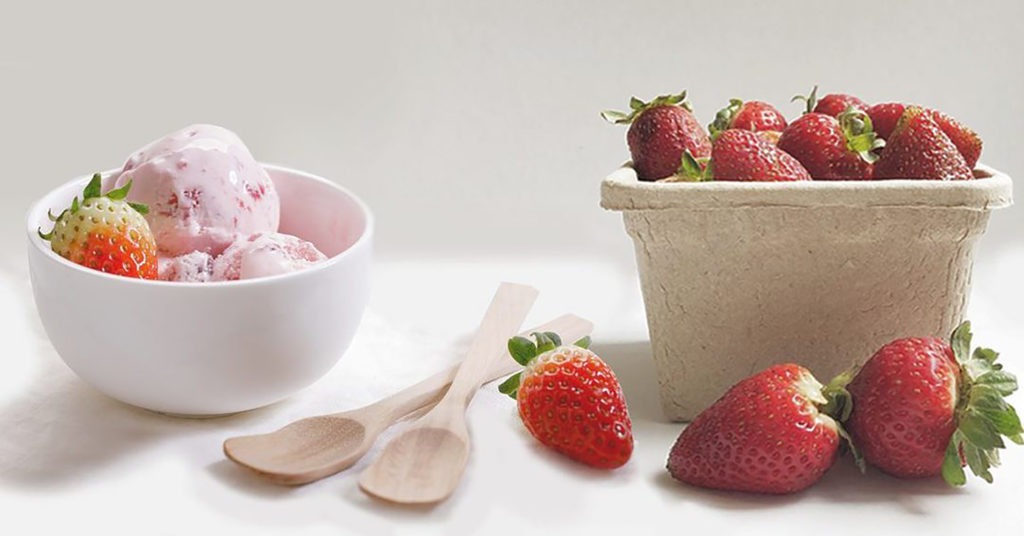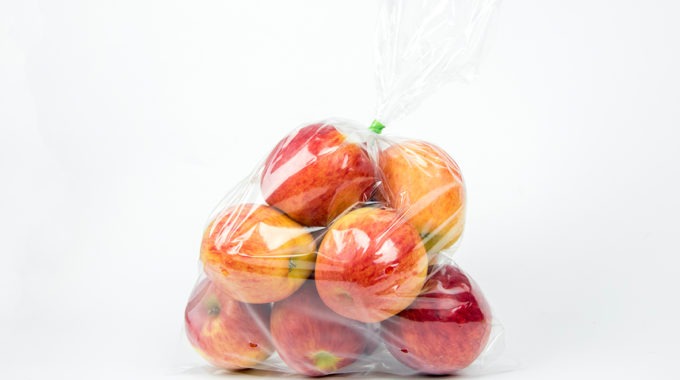Packaged fruit – will the trend continue?
When COVID-19 first emerged on Australian shores, the risk of transmitting the virus via fresh produce was quickly disproven. Even with this early assurance and more than 12 months of evidence to support it, recent Australian consumer research by Nielsen Homescan shows that 46 percent of surveyed main grocery buyers agreed that packaged fruit “to minimise the spread of coronavirus” had become more important to them when they were choosing fresh produce compared to before the start of the pandemic.
In the first three months of 2020, when there was considerable uncertainty regarding the transmission of COVID-19, Aussie consumers increased their purchase volume of pre-packed apples from major supermarkets by more than 16 percent compared to 2019.

Can pre-packaged fruit capture value?
Australian consumers are increasingly familiar with pre-packs targeting school lunch boxes.
“Apples and pears are one of the few fresh produce categories that have been able to deliver consistent size and quality year-round to capitalise on the demand for fruit that can fit in a school lunch box,” says Apple and Pear Australia Limited Regional Manager North & South Americas and Head of Group Brands, Craig Chester.
“A punnet of size 90s [apples are sized from 48 to 116 – the higher the number, the smaller the apple] delivers value to this consumer segment and increases the return for fruit that would have gone to lower-return options such as juice.”
The Australian consumer is less familiar with pre-packs positioned at the premium end of the market. Pre-packaged fruit targeting the traditional middle ground compete for existing sales volumes. They’re also vulnerable to consumers’ social and environmental concerns.
“Pre-packing is an added cost that ultimately needs to be recovered from the consumer,” says fresh produce specialist Tristan Kitchener. “It’s justified by adding value, such as improved convenience or premiumisation “Australian consumers are generally more price-sensitive and have long been comfortable purchasing quality loose fruit.”

Sustainability vs. convenience
Research continues to show that Australian consumers are increasingly sensitive to unnecessary and excessive packaging and food waste. However, retail data reports consumers steadily increasing their purchasing of pre-packaged fruit for the past three to four years. It wouldn’t be the first time that consumers’ stated intentions didn’t match their purchasing practices. However, according to Chester, it’s not that simple.
“There appears to be a significant number of consumers who want the convenience of pre-packed apples and pears,” he says. “But they’re looking for social permission. COVID-19 gave this permission. Even after transmission fears were dispelled.”

Lessons for industry
Loose apples and pears represent at least 80 percent of Australian apple and pear sales. However, in the UK and Europe it’s the reverse. Packaged fruit here makes up at least 80 percent of retail sales; consumers see it as a premium to the loose product.
It’s these overseas markets that are also leading the way with initiatives targeting single-use plastics. This includes many of the existing, cheaper packaging options in use in Australia. However, the major Australian retailers are now taking a similar direction.
Kitchener says retailers are not making consumer-facing eco-friendly claims just for the sake of it. “They’re mining their extensive data-insights collateral to solve the emerging pain-points of their consumers,” he says. “At the same, they’re demonstrating that they’re good corporate citizens. Sustainability, food waste, environmentally friendly and ethical sourcing are now all on-trend in the mainstream market.”

The whole package
Overseas markets have the scale and the motivation to drive packaging innovation. Many Australian producers aren’t waiting around for these developments to happen here.
“We’re seeing considerable interest and investment in packaging technologies that can work with recycled and compostable inputs,” Kitchen says.
However, Chester says it’s not as simple as retrofitting an existing packing line. “This year, we have seen more and more cardboard punnets replacing the traditional plastic punnets,” he says. “Consumers may see it as a positive and logical step without appreciating the significant investment and changes that are required.”
Domestic and export markets require solutions that cater to consumers’ needs. But ultimately, consumers expect incremental improvements over time. And this doesn’t necessarily require the complete removal of packaging that provides many benefits.
“That means considered and proportionate actions to reduce, reuse, recycle and remove packaging,” Kitchener says. “In time, this will extend to the use of regenerative technologies, such as plant-based ingredients and materials that are financially viable, supported by reassurance of functional performance and their sustainability and ethical status [eg, B Corp, Sustainable Basket Metric]. It’s the total package that counts!”









